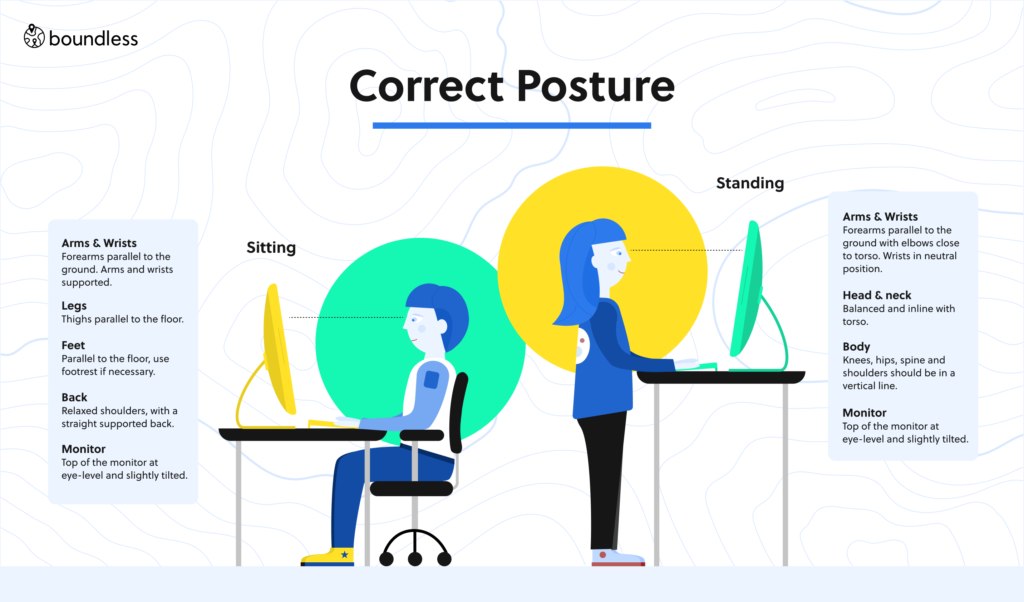

Even though work flexibility is not an employee statutory right in Singapore, the government has been implementing guidelines to encourage companies to offer better work-life balance to their staff. Currently, any right to flexible work arrangements has to be mutually agreed between the employer and employee. The Tripartite Advisory on Flexible Work Arrangements (FWAs) sets out recommendations that employers are encouraged to follow regarding adopting flexible work arrangements. While the Advisory does not have the force of law, employers in Singapore observe and comply with it in practice.
Employees requesting work flexibility should do so in writing and address the following points in their request:
The employer should be fair and objectively when evaluating employee's requests and communicate their decision promptly (generally within 21 days). If they decline the request, it is encouraged to document it and meet with the employee to inform them of the reasons for rejection and discuss alternative arrangements.
If the arrangement creates additional costs for the employer (workstation setup, broadband, etc.), it is at the employer's discretion to invest in the equipment or not. To assist with reasonable setup costs, employers may choose to give employees a one-off set up allowance. General home utilities such as electricity, gas, water and smoke detectors are usually the employee's responsibility.
Under the Workplace Safety and Health Act (WSHA), the employer must take reasonable measures to ensure employee health and safety. This does not fully transfer to employees working from home or telecommuting as it is not practical for the employer to ensure that all hazards in the employee's home are eliminated or mitigated. That is because the employer does not have control or management over the employee's home.
Employers are encouraged to conduct risk assessments of the home workstation, exercise due diligence and take additional measures to mitigate the risks such as refining relevant policies like insurance coverage or home working rules and regulations and communicating safe working procedures.
Employees are responsible for looking after their own health and safety at home, and should be mindful of the hazards that may exist. Employees may be eligible for compensation if the injuries sustained arose out of and in the course of work.
The employee has to organise and set up their work area so they can work safely. An employer may request them to provide photos of their work location and may organise a health and safety workstation assessment.
Employers should:
Employers should talk to their team about how to follow privacy and security requirements for the type/classification of information they are allowed to access when working at home. All security policies that would apply to employees who are working in the office, also apply when employees work remotely from their homes. Employees may need to adjust the work they do or take extra precautions to protect the information, such as physically locking devices and information away if not in use.
Employees should keep all work information safe and secure and avoid using public WiFi networks.
Employees should minimise or eliminate risks by creating a good workstation that includes appropriate ventilation and light and clear path with no cords sticking up or furniture that might cause accidents.

To meet their responsibilities under the Health and Safety Act 2015, employees should: